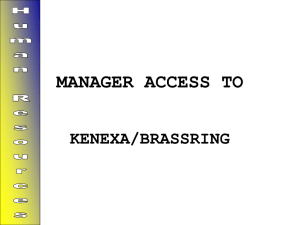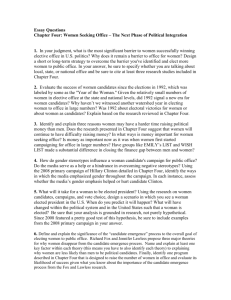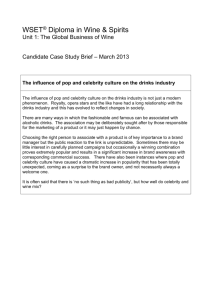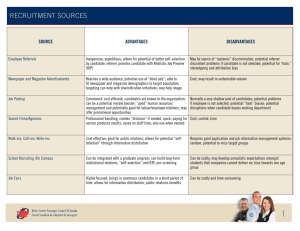English Skill Requirements Toolkit and Users Guide
advertisement
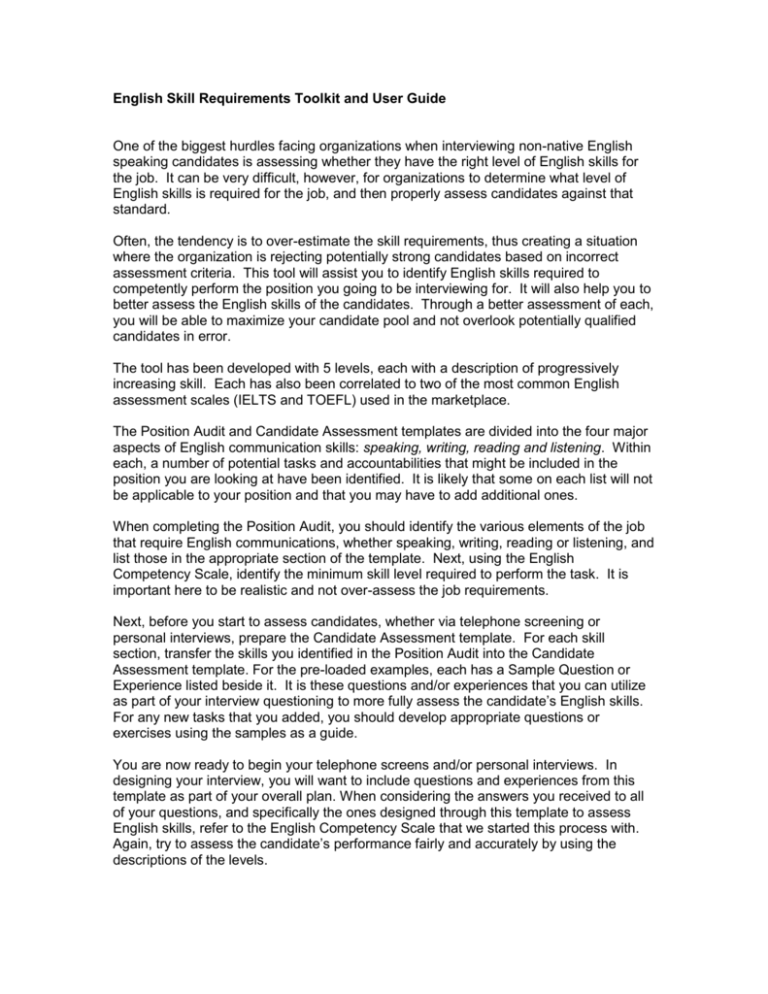
English Skill Requirements Toolkit and User Guide One of the biggest hurdles facing organizations when interviewing non-native English speaking candidates is assessing whether they have the right level of English skills for the job. It can be very difficult, however, for organizations to determine what level of English skills is required for the job, and then properly assess candidates against that standard. Often, the tendency is to over-estimate the skill requirements, thus creating a situation where the organization is rejecting potentially strong candidates based on incorrect assessment criteria. This tool will assist you to identify English skills required to competently perform the position you going to be interviewing for. It will also help you to better assess the English skills of the candidates. Through a better assessment of each, you will be able to maximize your candidate pool and not overlook potentially qualified candidates in error. The tool has been developed with 5 levels, each with a description of progressively increasing skill. Each has also been correlated to two of the most common English assessment scales (IELTS and TOEFL) used in the marketplace. The Position Audit and Candidate Assessment templates are divided into the four major aspects of English communication skills: speaking, writing, reading and listening. Within each, a number of potential tasks and accountabilities that might be included in the position you are looking at have been identified. It is likely that some on each list will not be applicable to your position and that you may have to add additional ones. When completing the Position Audit, you should identify the various elements of the job that require English communications, whether speaking, writing, reading or listening, and list those in the appropriate section of the template. Next, using the English Competency Scale, identify the minimum skill level required to perform the task. It is important here to be realistic and not over-assess the job requirements. Next, before you start to assess candidates, whether via telephone screening or personal interviews, prepare the Candidate Assessment template. For each skill section, transfer the skills you identified in the Position Audit into the Candidate Assessment template. For the pre-loaded examples, each has a Sample Question or Experience listed beside it. It is these questions and/or experiences that you can utilize as part of your interview questioning to more fully assess the candidate’s English skills. For any new tasks that you added, you should develop appropriate questions or exercises using the samples as a guide. You are now ready to begin your telephone screens and/or personal interviews. In designing your interview, you will want to include questions and experiences from this template as part of your overall plan. When considering the answers you received to all of your questions, and specifically the ones designed through this template to assess English skills, refer to the English Competency Scale that we started this process with. Again, try to assess the candidate’s performance fairly and accurately by using the descriptions of the levels. It will likely take a bit of time to become completely comfortable using this tool as part of your candidate selection process, but used in conjunction with the cross-cultural interviewing guide, the guide to developing behaviour based interview questions and other tools included in this website, you will soon have developed a very effective interview process that ensures you do not overlook non-native English speaking candidates through not accurately assessing the job requirements and/or candidate capabilities.


